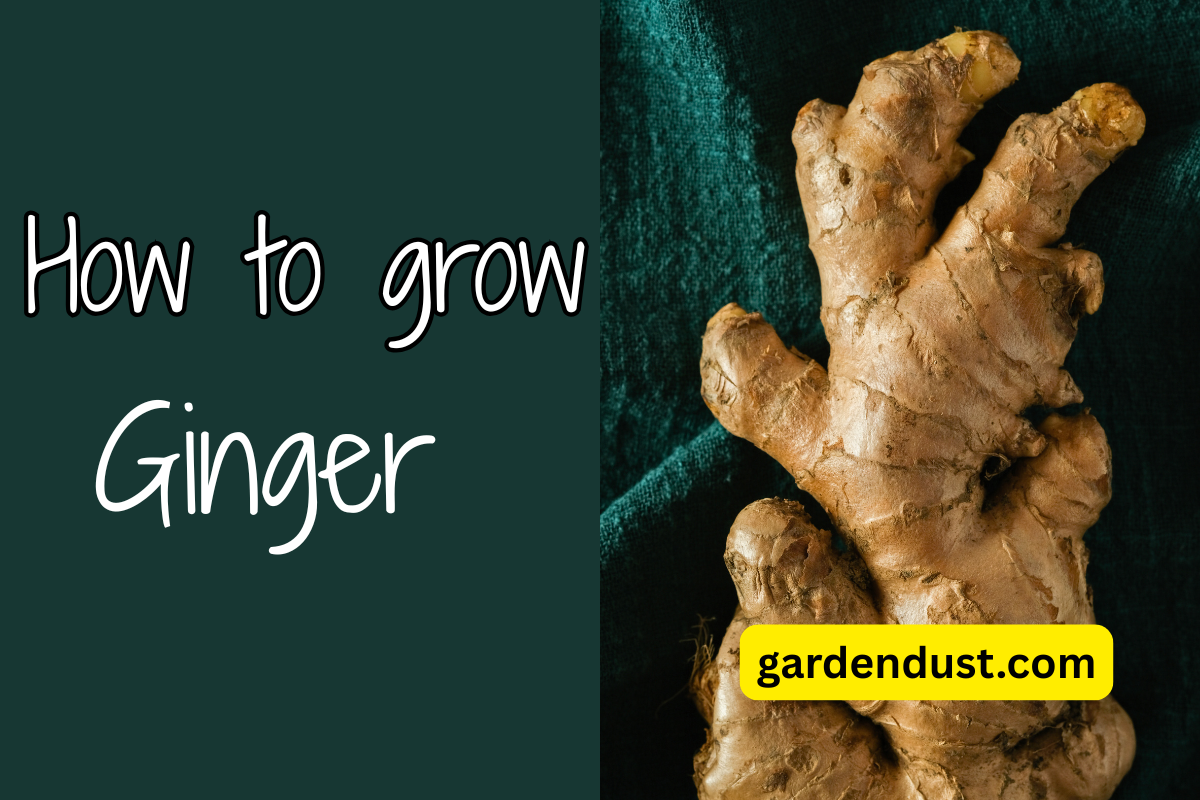Allamanda cathartica is a species of flowering plant. The plant features large, bright yellow trumpet-shaped flowers that bloom throughout the year in warm climates. The leaves are glossy and green, and the plant can grow up to 10 feet tall if given proper support. The flowers are fragrant and attract bees, butterflies, and hummingbirds.
Botanical Name- Allamanda cathartica
Genus- Allamanda
Family– Apocynaceae
Native -South America
Commonly known as -Golden trumpet or yellow allamanda.
Colors -Bright yellow, pink, white, and orange.
Note – All parts of the plant, including the leaves, flowers, and sap, are toxic if ingested, and can cause vomiting, diarrhea, and other symptoms. It is important to handle the plant with care and keep it away from children and pets.
Care for Allamanda Cathartica
Here are some basic care guidelines for Allamanda cathartica:
Light:
Allamanda cathartica needs full sun to thrive, so make sure it is planted in a location that receives at least 6 hours of direct sunlight each day.
Watering:
Water the plant deeply and regularly, especially during hot, dry weather. However, do not allow the soil to become waterlogged as this can cause root rot.
Tips -Do Watering once or twice a week.
Soil:
The plant prefers well-draining soil that is rich in organic matter. You can improve the soil by adding compost or other organic matter before planting.
Fertilizer:
Fertilize the plant once a month during the growing season (spring and summer) with a balanced fertilizer.
Pruning:
Prune the plant after flowering to encourage bushy growth and to control its size. You can also remove any dead or damaged branches at this time.
Pests and diseases:
Allamanda cathartica is generally resistant to pests and diseases, but can be susceptible to mealybugs, spider mites, and scale insects. Inspect the plant regularly and treat any infestations promptly with insecticidal soap or horticultural oil.
Winter care:
Allamanda cathartica is not frost-tolerant and should be protected from cold temperatures. If you live in a colder climate, consider growing the plant in a container that can be moved indoors during the winter.
Varieties of Allamanda Cathartica
There are several varieties and cultivars of Allamanda cathartica, including:
- 1.Allamanda cathartica ‘Compacta’: A compact variety that grows to only 3-4 feet tall and wide, making it a good choice for smaller gardens and containers.
- 2. Allamanda cathartica ‘Hendersonii’: This cultivar has pink flowers instead of the usual yellow ones, and is sometimes called the Pink Allamanda.
- 3. Allamanda cathartica ‘Schottii’: This cultivar has white flowers with a yellow throat.
- 4. Allamanda cathartica ‘Sunee’: A cultivar with bright yellow flowers that are smaller than the typical Allamanda cathartica flowers.
- 5. Allamanda cathartica ‘Stansill’s Double’: This cultivar has double flowers with many layers of petals, giving it a full and fluffy appearance.
- 6. Allamanda cathartica ‘Alba’: This cultivar has pure white flowers.
- 7. Allamanda cathartica ‘Bicolor Compacta’: A cultivar with yellow and orange flowers.
These varieties and cultivars offer different flower colors, growth habits, and sizes, making it possible to find the perfect Allamanda cathartica for any landscape.
Propagation
Allamanda cathartica can be propagated by stem cuttings. Here’s how:
- Take a 6- to 8-inch stem cutting from a healthy, mature plant. Make the cut just below a node (the point where a leaf attaches to the stem).
- Remove the leaves from the bottom half of the cutting.
- Dip the cut end of the stem in rooting hormone powder to promote root growth.
- Plant the cutting in a pot filled with well-draining potting mix.
- Water the cutting thoroughly and place it in a warm, bright location out of direct sunlight.
- Keep the soil moist but not waterlogged, and mist the cutting regularly to maintain humidity.
- After a few weeks, check for roots by gently tugging on the stem. If you feel resistance, roots have formed.
- Once the cutting has developed roots, you can transplant it to a larger pot or into the garden.
- Propagation is best done in spring or early summer when the plant is actively growing. Note that Allamanda cathartica is toxic, so wear gloves and handle the plant with care when taking cuttings.
Common problem of Allamanda Cathartica
Some common problems that Allamanda cathartica plants can face include:
- Yellowing leaves: This may be caused by overwatering or underwatering, nutrient deficiencies, or pest infestation.
- Pest infestation: Common pests that can affect Allamanda cathartica include spider mites, aphids, and whiteflies. They can cause damage to the leaves and weaken the plant.
- Fungal diseases: Allamanda cathartica plants are susceptible to fungal diseases such as leaf spot and powdery mildew. These can cause leaf damage and even lead to plant death if not treated.
- Lack of blooms: If an Allamanda cathartica is not blooming, it may be due to insufficient light, improper fertilization, or pruning at the wrong time.
- Improper pruning: Pruning at the wrong time or cutting too much of the plant can damage it and prevent blooms from forming.
- Toxicity: All parts of the Allamanda plant are toxic if ingested. It’s important to keep it out of reach of children and pets.
By providing proper care, monitoring for pests and diseases, and addressing any issues promptly, you can help ensure the health and vitality of your Allamanda cathartica plant. Happy Gardening…







